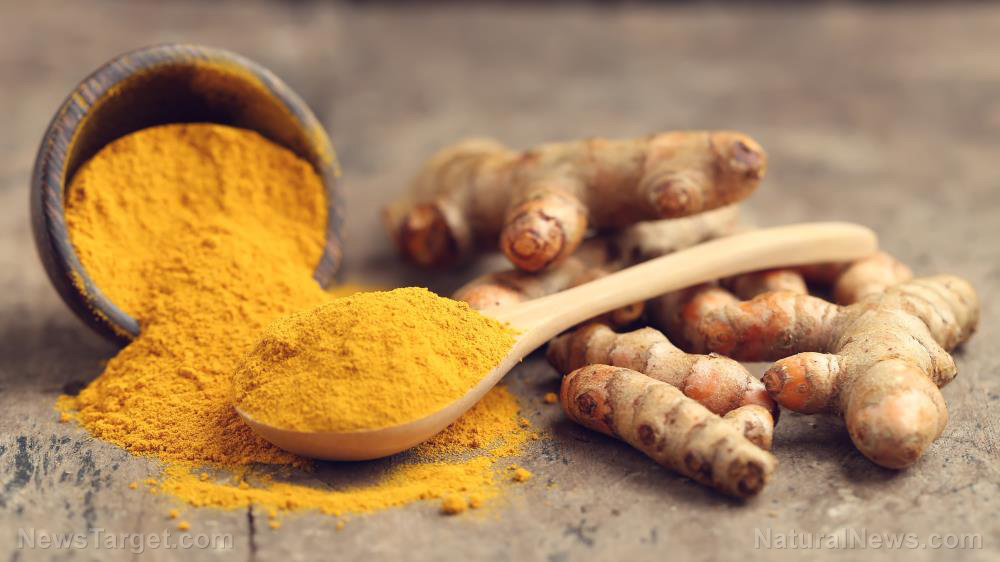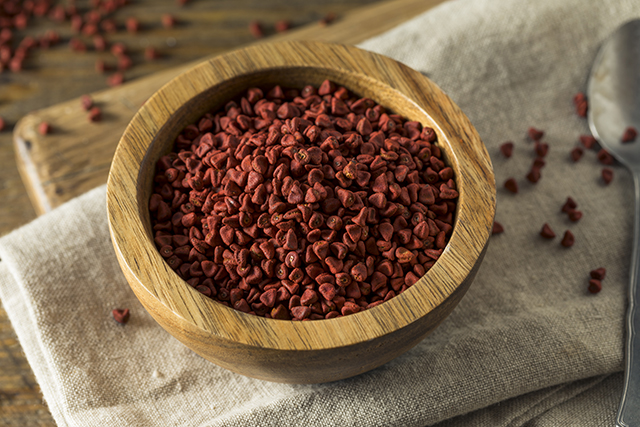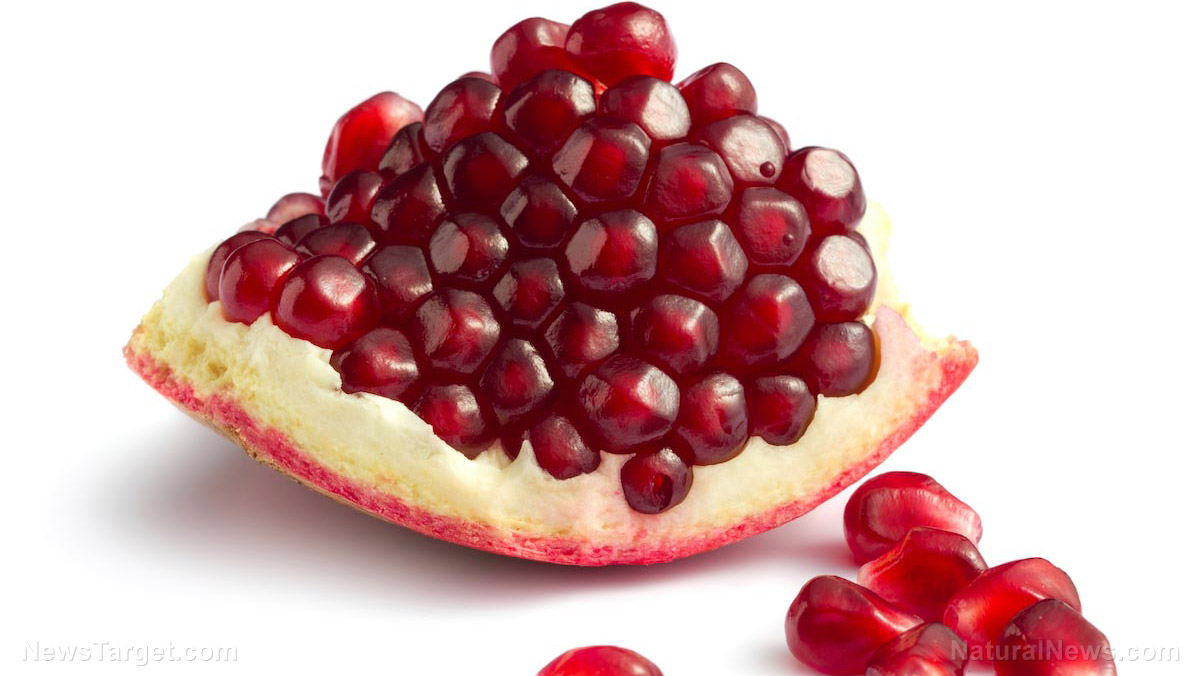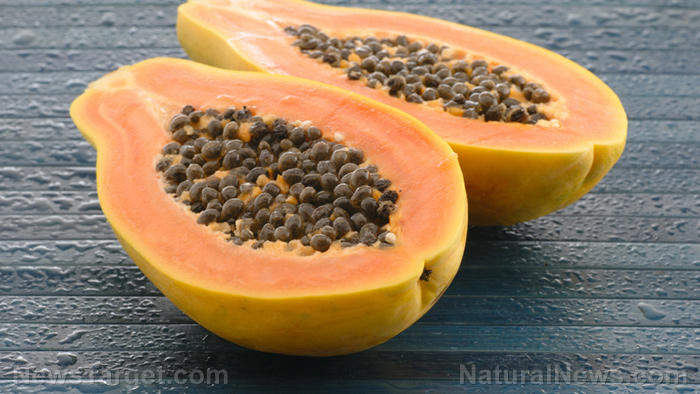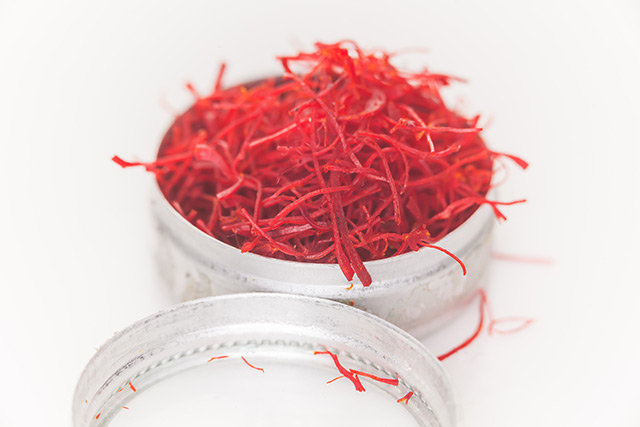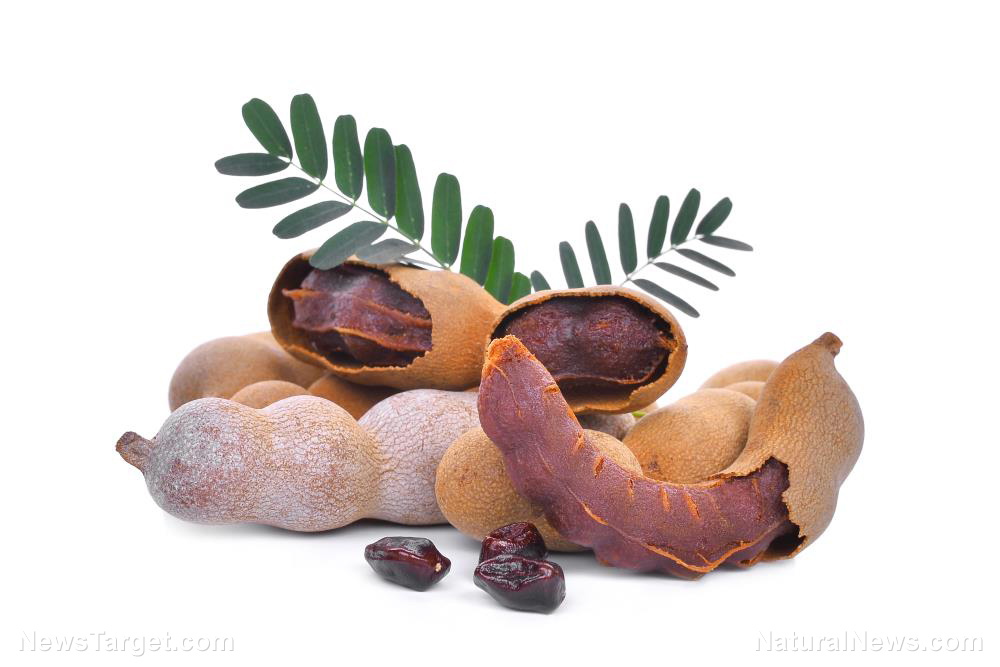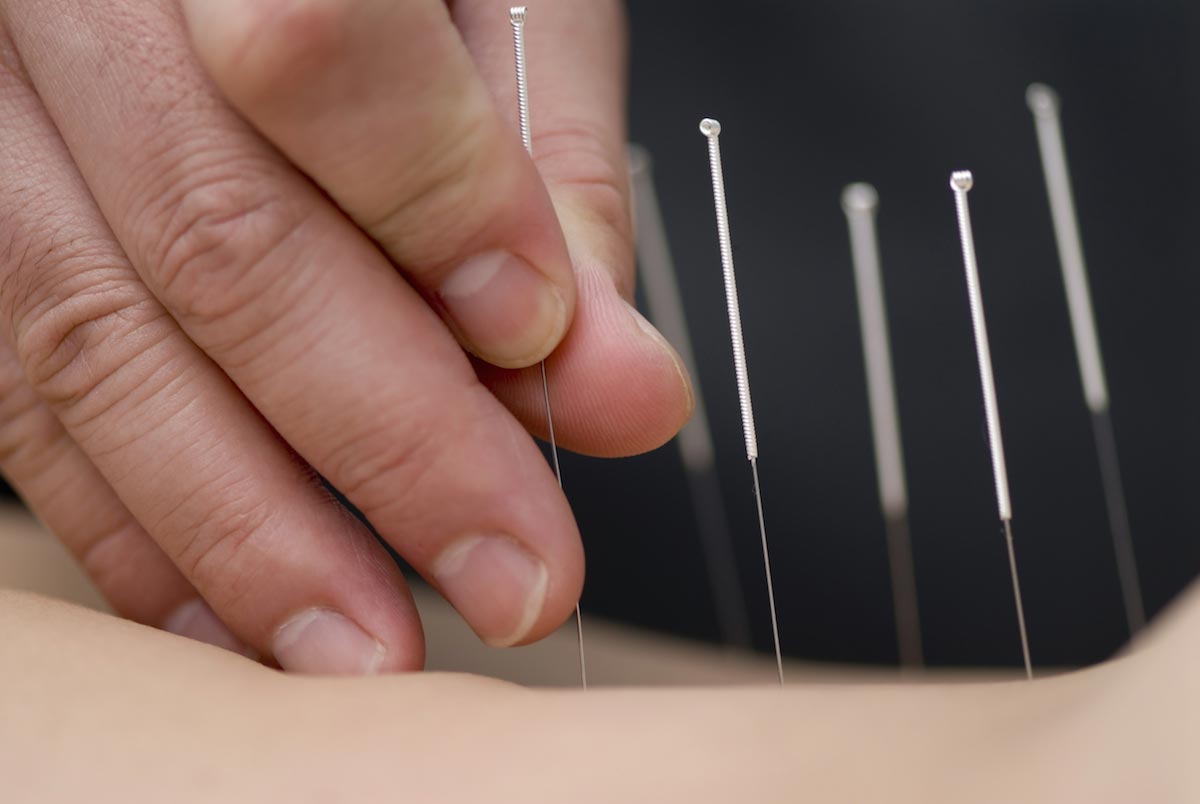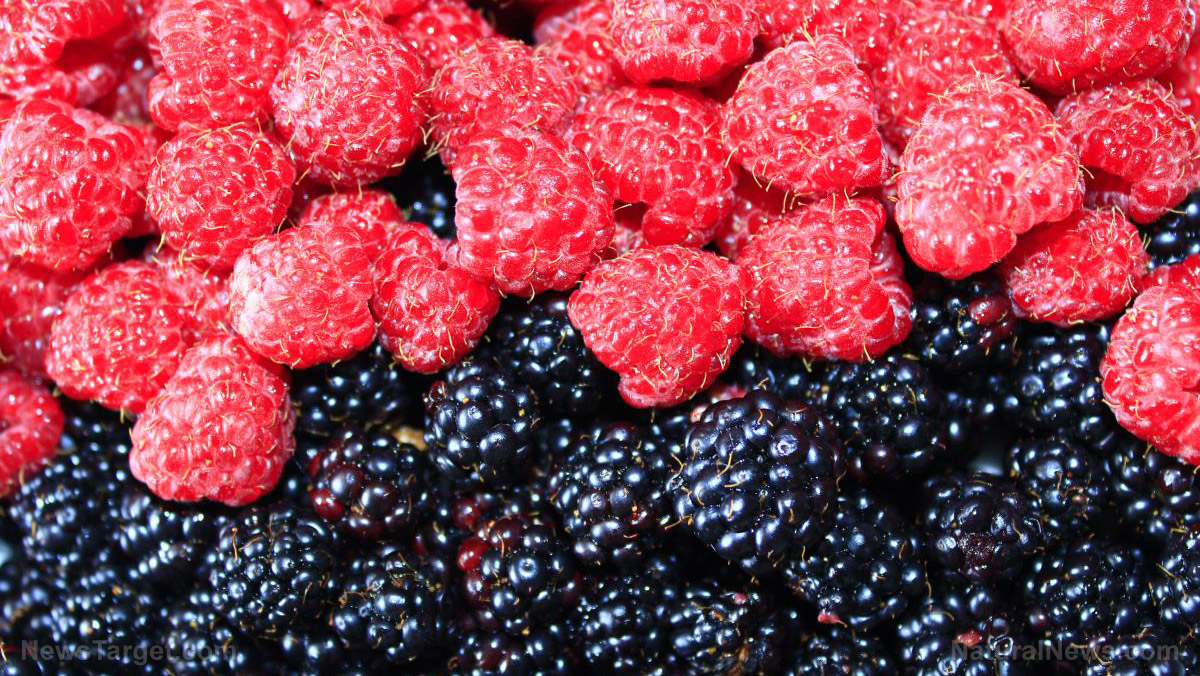Get rid of your gastric ulcers NATURALLY with snake gourd
11/30/2018 / By Ralph Flores

Research has found that snake gourd (Trichosanthes cucumerina), a plant common to the Indian subcontinent and Southeast Asia, has gastroprotective activity, which can prevent damage caused by conditions such as gastric ulcer and similar conditions. In the study, the team from Sri Lanka looked at two things: The mechanism behind the plant’s ability to protect the stomach from injury and the best mechanism for delivery.
Their findings were published in the peer-reviewed journal BMC Complementary and Alternative Medicine.
Gastric ulcers and the search for natural treatments
Gastric ulcers (also referred to as stomach ulcers) refer to open sores that develop in the stomach, in particular, when the stomach lining is damaged. Together with duodenal ulcers, which occur in the upper part of the small intestine (duodenum), these are collectively called peptic ulcers – a condition marked by severe pain in the stomach. In particular, gastric ulcers affect at least 10 percent of people in the world, making one of the most widespread gastrointestinal diseases to date.
Some risk factors of peptic ulcers (including gastric ulcers) are the presence of the Helicobacter pylori bacteria in the mucous layer and the regular use of pain relievers. In particular, while H. pylori bacteria often do not exhibit symptoms, active H. pylori infections result in an inflamed stomach lining, which increases the likelihood of developing an ulcer. Certain pain relievers, like ibuprofen and naproxen sodium, as well as nonsteroidal anti-inflammatory drugs (NSAIDs), can also increase the risk of gastric ulcers.
Treatments for gastric ulcers (and peptic ulcer, in general) can be problematic. Proton pump inhibitors (PPIs), the first-line drugs for treating ulcers, reduce acid production in the stomach, allowing them to heal. However, regular use can lead to symptoms – some of it are mild such as flatulence and headaches, but some can lead to organ damage and even increase the risk of heart attacks. For a typically recurring condition such as ulcer, this can lead to frustration as patients either have to endure the pain of having an ulcer attack or risk complications from drug use.
In the study, the researchers acknowledged the need for safer treatments for gastric ulcer. “Prolonged use of these drugs may lead to series of adverse effects such as diarrhea, headache, rash, hypertension, muscular and joint pain,” they wrote in their report. “Therefore, there is an urgent need of more effective and safer treatments with fewer side effects.”
They then looked at snake gourd, a plant already known for its medicinal properties. No part of the plant is wasted – the roots are used to cure bronchitis and headaches, the leaf is used to relieve liver congestion, and the fruits contain anti-parasitic properties. Earlier studies have also shown that the plant, aside from having cardioprotective, can also treat gastric lesions in vivo studies.
The plants were prepared for the experiment by cutting the aerial parts of the plants into small pieces, then air drying them. These were then boiled in distilled water, after which the resulting extract was reduced and stored. The plant extract was diluted into four solvents – hexane, ethyl acetate, butanol, and water (aqueous). The resulting fractions had yields of 6.8, 15.5, 10.6, and 67.1 percent of the total volume (w/w), respectively. The fractions were then tested in rats the had ethanol-induced gastric ulcers. Researchers evaluated the potency of the solutions based on their ability to reduce the ulcer index in the samples, as well as which solvent was most effective in mediating gastroprotection.
Researchers found that the ethanol fraction had the best results, in terms of gastroprotective effects: It had a higher level of protection compared to reference drugs, and it was able to reduce the acidity of gastric juices in the rats – something that they attributed to the plant’s antihistamine properties. The ethanol fraction of snake gourd, likewise, increased mucus levels from the gastro mucosa, which is a crucial factor in maintaining near-neutral pH levels in the mucosa and protecting the lining against gastric acid.
In a novel twist, snake gourd is also noted to have anti-inflammatory activity similar to the NSAID indomethacin. This means that for people who take NSAIDs and are prone to gastric ulcer, consuming the vegetable instead will not only dramatically cut down the risk of an ulcer, but it may also be used to manage the pain which the drug was needed in the first place. The study also noted that snake gourd also contained a number of flavonoids and phenolic compounds.
“The gastroprotective mechanism of EF is multi-factorial and possibly involves (a) inhibition of acidity (both total and free) (b) elevation in mucus content (c) inhibition of histamine and (d) antioxidant mechanisms,” the researchers concluded.
If that’s not enough data about snake gourd’s health benefits, it’s also used as a natural remedy to treat heart palpitations.
Learn more about this vegetable – which takes its name after its snake-like shape and length, by following Food.news today.
Sources include:
Tagged Under: alternative medicine, digestive health, food as medicine, food cures, gastric ulcer, harmful medicine, natural cures, natural medicine, NSAID, Proton pump inhibitors, snake gourd, stomach ulcer, Trichosanthes cucumerina Linn, ulcers

